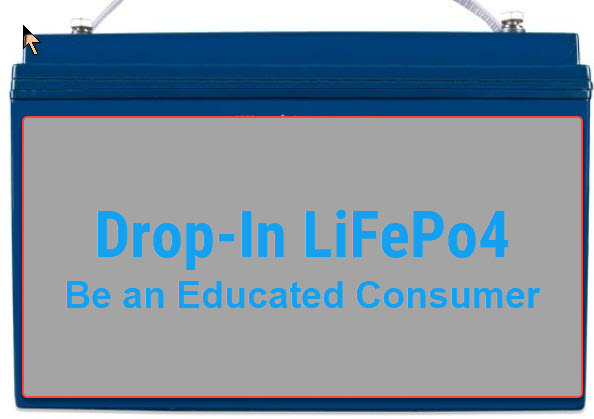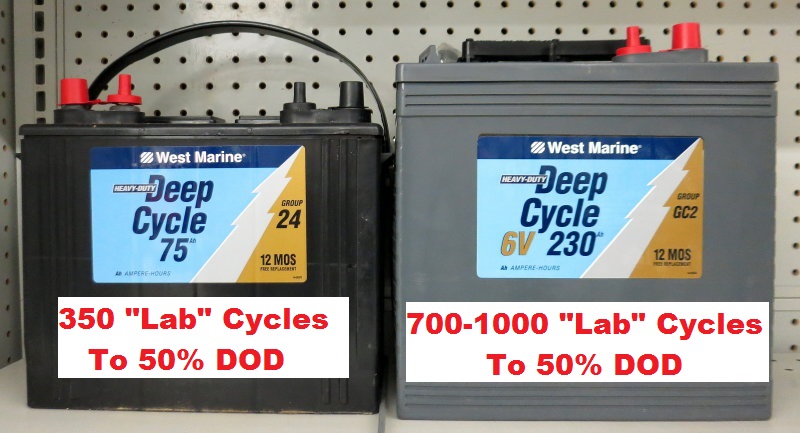I've been doing the same dance, looking at LiFePO4, vs. AGM carbon, vs. AGM, vs. flooded cell. I ruined a Group 27 flooded cell that I bought just 2 years ago, so I'm looking to increase my house bank capacity. I'm pretty sure I ruined it on a 2 week cruise in 2020 through running it down too far: I don't have a battery monitor.
After toying with the idea of LiFePO4, and then downgrading to study AGM, I came across this thread (albeit, rather old), which argues that even AGM batteries are wasted expense unless your electrical system is set up to take advantage of their pluses.
My observations and experiences over the last 23+ years have led me to some thoughts on AGM's and how the purchasing decisions are made, could be made or things that should be considered other than glossy marketing ads... I see a lot of folks buy them based on misguided advice or just simply...
forums.sailboatowners.com
Although this particular thread is talking about AGM vs. flooded, there are many articles which say that LiFePO4 isn't for the faint of heart, and the same issues apply: you apparently need to get everything just right for it to be worth it.
Since I have a tiny, stock alternator on my 2GM20F, I think I've convinced myself that I should wait to upgrade (away from cheap flooded) until I'm ready to do alternator, regulator, solar, and dockside charger all at once to properly accommodate the new fancy batteries. For myself, I think I'll just install a battery monitor, and maybe double the house bank to 2 x 90AH or so. Then make everything fancy later. Probably $300 for batteries, and maybe $230 for a Balmar sg200.





